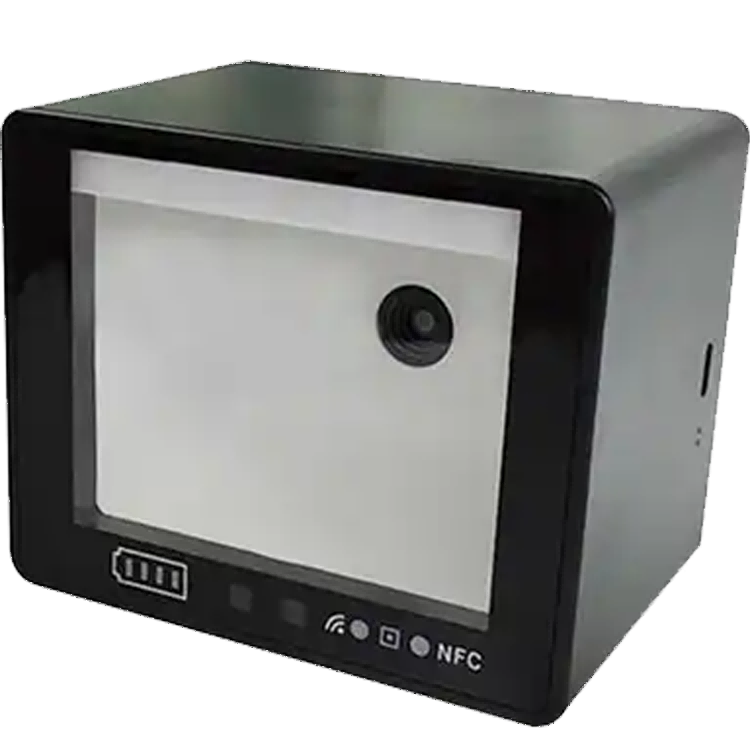Types and Differences of Barcodes
A barcode is a graphical identifier that uses bars of varying widths and spaces to represent data. Since its invention in the 1950s, barcode technology has been widely applied in various fields, such as retail, logistics, and healthcare. Depending on the encoding method and the type of information stored, barcodes can be mainly divided into two categories: one-dimensional (1D) barcodes and two-dimensional (2D) barcodes.
One-Dimensional Barcodes
One-dimensional barcodes, also known as linear barcodes, are the earliest form of barcodes. These barcodes consist of a series of parallel black bars and white spaces, usually accompanied by a string of corresponding numbers or characters below. Each bar's width and each space's width represent specific information. Common 1D barcodes include:
UPC Code (Universal Product Code): This is the most commonly used barcode for retail products in North America, primarily used in supermarkets and retail stores. UPC codes are divided into Type A and Type E. Type A consists of 12 digits, while Type E consists of 8 digits. The first 6 digits represent the manufacturer code, the next 5 digits represent the product code, and the 12th digit is a check digit.

EAN Code (European Article Number): This 1D barcode is used for retail products in Europe and globally, similar to the UPC but with a different number length. EAN-13 is the most common type, consisting of 13 digits, while EAN-8 is used for products with limited packaging space and consists of 8 digits.

Code 39: Commonly used in industrial and government sectors, especially in the United States. Code 39 can encode letters, numbers, and some special characters, making it a relatively flexible 1D barcode.

Code 128: A high-density barcode that can encode all 128 ASCII characters. It is commonly used in logistics and transportation industries due to its ability to store a large amount of data in a small barcode space.

Two-Dimensional Barcodes
Two-dimensional barcodes are a modern advancement in barcode technology, capable of storing more information, including not just numbers and letters but also Chinese characters, images, and other data. Due to their high capacity and error resistance, 2D barcodes are widely used in fields like mobile payments and product tracking. Common 2D barcodes include:
QR Code (Quick Response Code): The most well-known 2D barcode, which can be quickly scanned and store a large amount of information. QR codes can encode letters, numbers, Chinese characters, images, etc., and are commonly used for URLs, business card information, mobile payments, and more.

PDF417: A stacked barcode format commonly used for airline boarding passes, postal packages, and government documents. PDF417 can store large amounts of text information and has strong error correction capabilities.

Data Matrix: A small-sized 2D barcode suitable for products with limited packaging space. Data Matrix codes can store a large amount of data in a small area and are commonly used for marking electronic components, medical devices, and more.

Aztec Code: Commonly used for transportation tickets and mobile payments, especially when high-speed and accurate scanning is required. Aztec codes do not require a locator pattern, allowing for greater data capacity in smaller spaces.

Differences Between One-Dimensional and Two-Dimensional Barcodes
Storage Capacity: One-dimensional barcodes have relatively low storage capacity, typically holding information within 20 characters. In contrast, two-dimensional barcodes can store thousands of characters, offering much larger capacity.
Data Types: One-dimensional barcodes primarily store numeric and alphanumeric information, while two-dimensional barcodes can store more complex data types, including Chinese characters, images, and binary data.
Scanning Method: One-dimensional barcodes are usually read using a laser scanner, which requires alignment with the barcode. Two-dimensional barcodes are read using image scanners or smartphone cameras, supporting scanning from multiple directions.
Error Correction Capability: Two-dimensional barcodes have stronger error correction capabilities and can still be read correctly even if partially damaged. In contrast, one-dimensional barcodes may become unreadable if damaged.
CONTACT US
CONTACT US

are completed before submitting your inquiry.

We will respond within 24 hours.





















